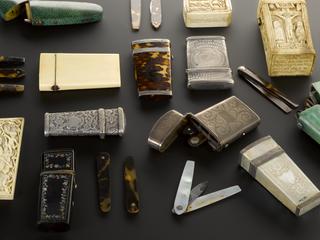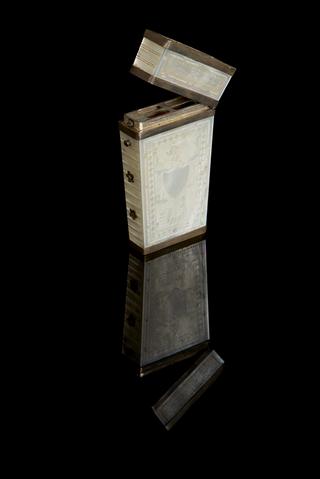




Clear glass leech jar with internal glass protuberances, European, 1851-1900
Leeches were used in bloodletting – a practice once carried out to treat a wide range of diseases and medical conditions. Leeches were such a popular treatment that by 1830 demand for them had outstripped the supply. They are a type of worm with suckers at both ends of the body although only the frontal sucker, which has teeth, is used to feed. Once attached to a living body, they feed on blood. Leeches normally live in freshwater and collecting leeches from river beds was traditionally a female occupation.
This unusual glass jar was specifically designed to house leeches. It has a number of inward pointing hollow glass tubes that terminate in tiny air holes which were intended to provide structures that the leeches could attach to as well as ensuring a supply of fresh air.
Details
- Category:
- Therapeutics
- Collection:
- Sir Henry Wellcome's Museum Collection
- Object Number:
- A651203
- Materials:
- glass
- Measurements:
-
overall: 245 mm x 131 mm, 0.74 kg
- type:
- leech jar


